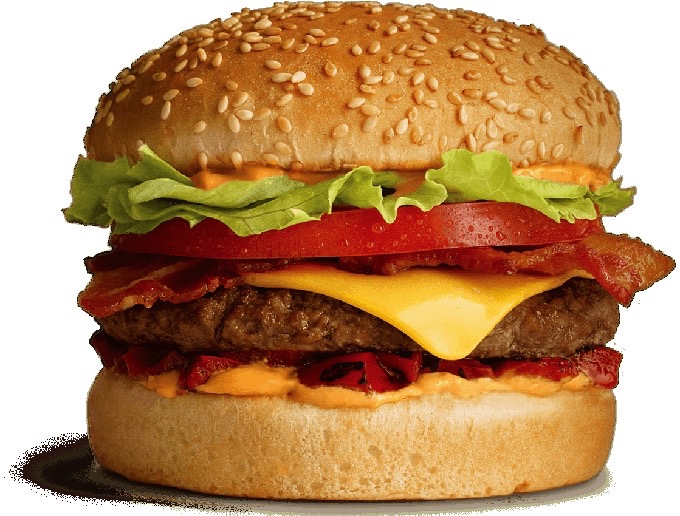It’s time for farmers to stop hating A&W.
For more than four years now, farmers have tweeted angry tweets. They’ve written nasty letters. They’ve called on all of us to boycott the burger chain since it started serving beef produced with no added hormones, eggs produced from vegetarian hens, and chicken raised without antibiotics — and more significantly, marketing the fact.
Farmers’ beef against A&W is two-fold. Firstly, they argue that the claim that its burgers are better isn’t science-based. Gosh, if every claim in marketing had to be science-based, we’d all be driving the same kind of car, using the same shampoo and eating the same yogurt. There are places in the world that are like that and they are not places most of us would choose to live.
Read Also

Canada seventh-most influential country on agri-food
Report from Dalhousie University and MNP shows Canada ranks seventh among G20 countries on agri-food influence.
Secondly, the chain is accused of being disloyal to Canadian producers because it sources an unknown quantity of its hormone-free beef from outside the country. Apparently the disgruntled farm community is also boycotting the commercials that profile Canadian ranchers in Alberta and Saskatchewan who also supply the fast-food chain.
Global supplier, local attitude
Beyond that, Canada has set its sights on being a food superstore to the world. Its red meat, grains and oilseeds sectors are hugely dependent on customers in other parts of the world eating what they produce.
The Canadian industry and governments have spent countless millions fighting efforts elsewhere to enforce local consumption over imports, including the European Union’s ban on meat produced using artificial hormones and the U.S. country-of-origin labelling legislation. Those legal battles were won, but whereas the U.S. changed its policy, the EU opted instead to pay the penalties rather than import hormone-treated beef.
Expecting Canadians to only eat Canadian-sourced is a dichotomy that has no place in an industry aiming to be a global supplier.
Not about the science
Use of growth implants in cattle production has been scientifically validated as a sound and safe practice. Research cited on the Beef Cattle Research Council site shows that beef from implants contain slightly elevated levels of estrogen and testosterone, but those levels are a fraction of naturally occurring levels found in a can of beer, a serving of cabbage or eggs.
Implanted cattle grow faster and more efficiently, which produces more beef with fewer resources. That reduces the industry’s environmental footprint, which should be a selling feature in some quarters.
There is data floating around that spells out how many more cattle would be needed to produce the same amount of beef or how much prices would have to rise to compensate farmers for not using the technology.
Those calculations presume that it is every consumer’s goal to eat as much beef as possible for the least cost, which doesn’t mesh with the “millennial effect” on the food industry.
More yield, less quality
However, BCRC research also shows that implants have a negative effect on the quality grade unless producers increase the target bodyweight for marketing.
The latest national beef quality audit indicates the industry may have maxed out on that front. Carcass weights have been increasing at an average rate of seven pounds per year since the mid-1970s. Although quality grades have been rising as well, the yield grades, a measure of the amount of useable meat the carcass delivers, have dropped from 63 per cent of carcasses achieving the top yield grade in 2000 to 37 per cent in 2016-17.
Also on the rise are liver abscesses, which are linked to the feedlot sector’s reliance on high-energy feeds. The quality audit calculated the cost of unsellable livers to the processors, but not how much it might be costing the feeders by way of reduced performance or the cost of using antimicrobials to keep them in check.
It would seem that at least a portion of the increased feed “efficiency” the industry has achieved through implants and other measures is now ending up as waste on the processing floor.
That doesn’t mean the industry should stop using them, only that the science around the impact of production-enhancing technologies is far from complete.
All about marketing
But this isn’t about science. It is about marketing, and it would appear that A&W is on to something.
A&W took a big gamble when it decided to target its marketing on food qualities that might appeal to the millennial generation — a demographic that is reshaping the entire food chain because of its penchant for convenience and its values-based approach to food choices.
The campaign has by all accounts been successful, reportedly increasing sales as much as eight per cent at a time when some of its competitors have seen negative growth.
The A&W campaign is attracting new customers to beef at a time when other alternatives such as “impossible burgers,” “fake meat,” insect protein and plant-based proteins are gaining traction.
Perhaps the beef sector should be grateful rather than growly. If the industry could swallow its pride for just a second or two, it might even learn something from the A&W experiment.
At a time when farmers make up less than two per cent of the Canadian population, and there is no shortage of suppliers willing to meet its specifications, farmers’ boycott matters little to a largely urban burger chain’s bottom line.
Continuing efforts to ‘punish’ A&W are about as productive as throwing pebbles at a freight train. It’s time to build bridges, not dig moats.















